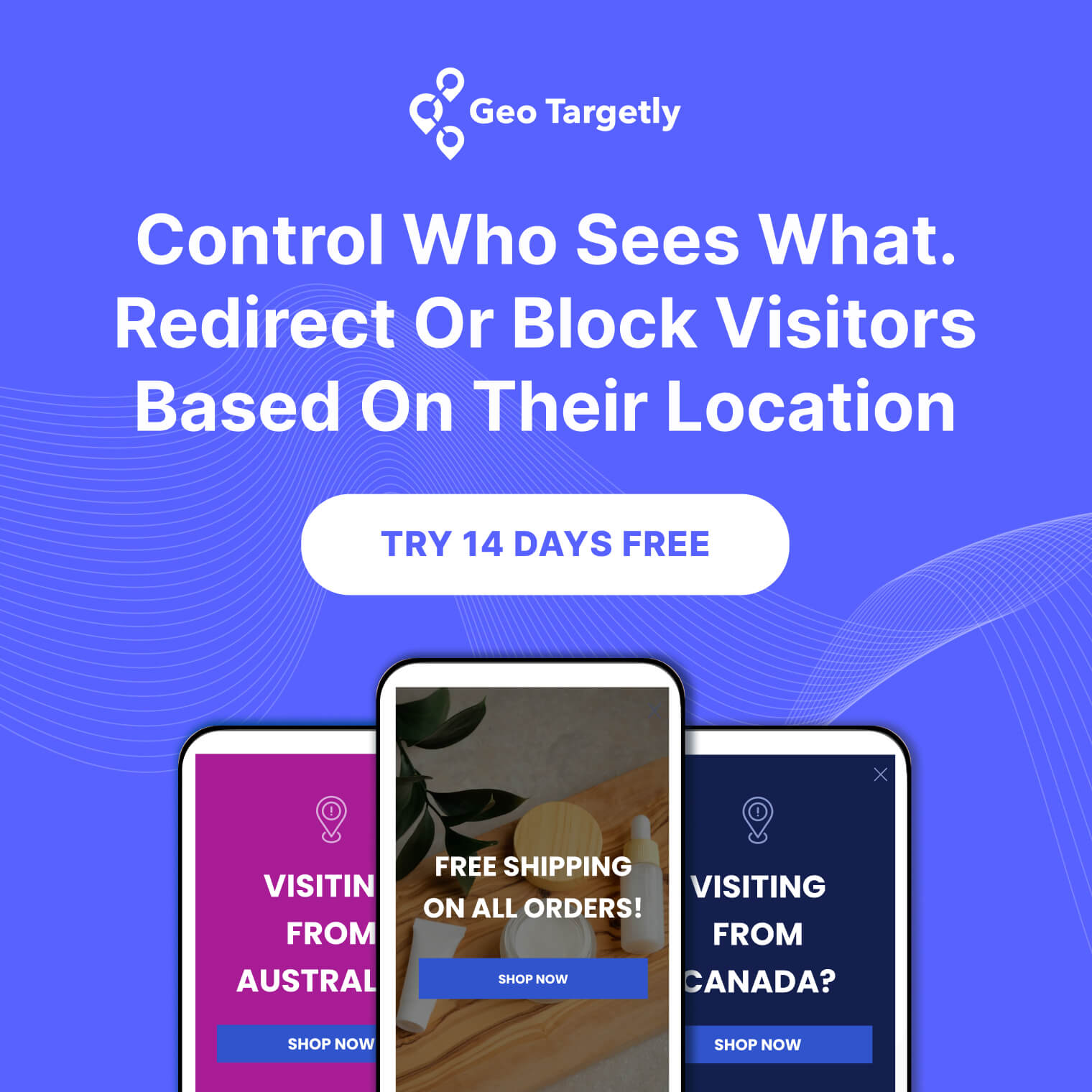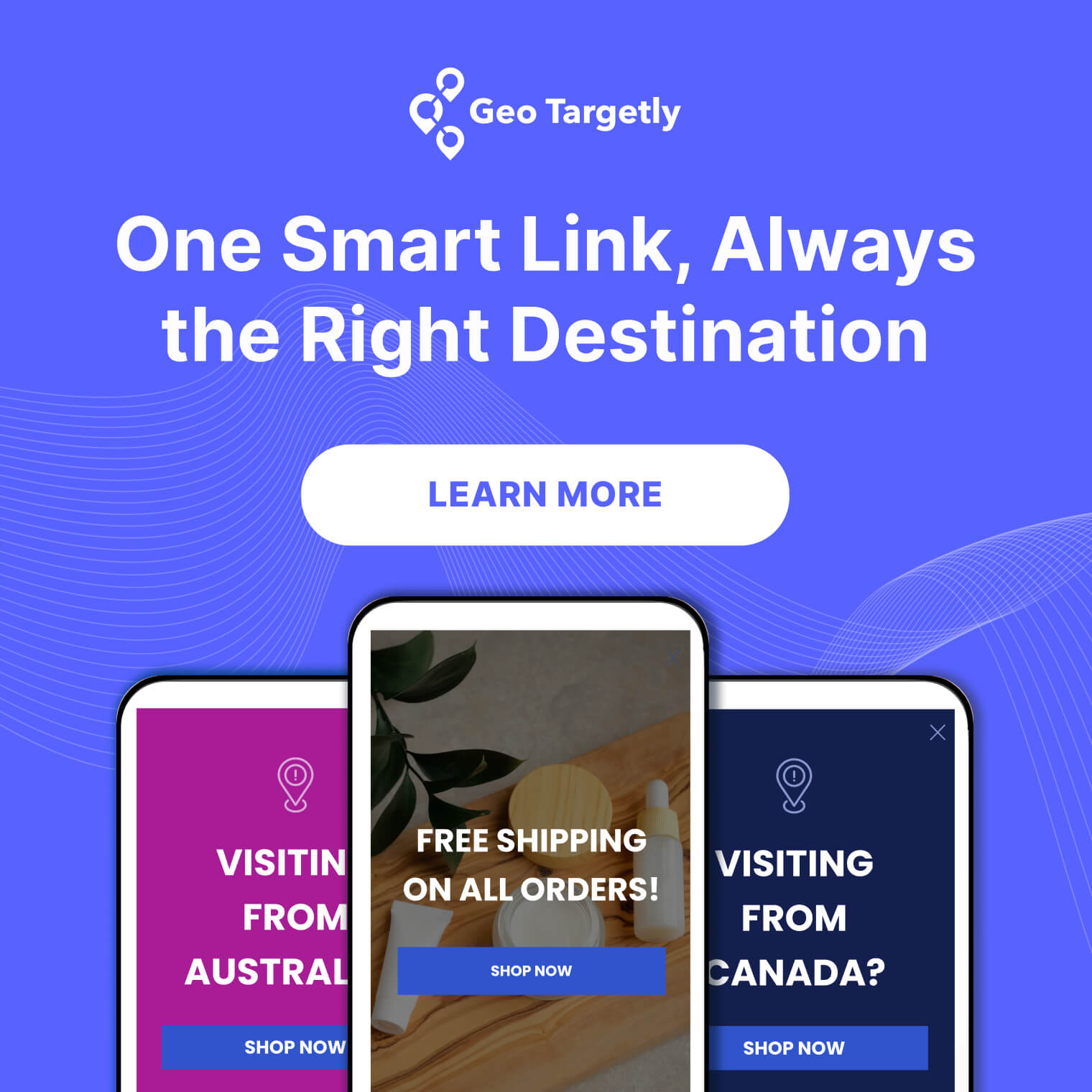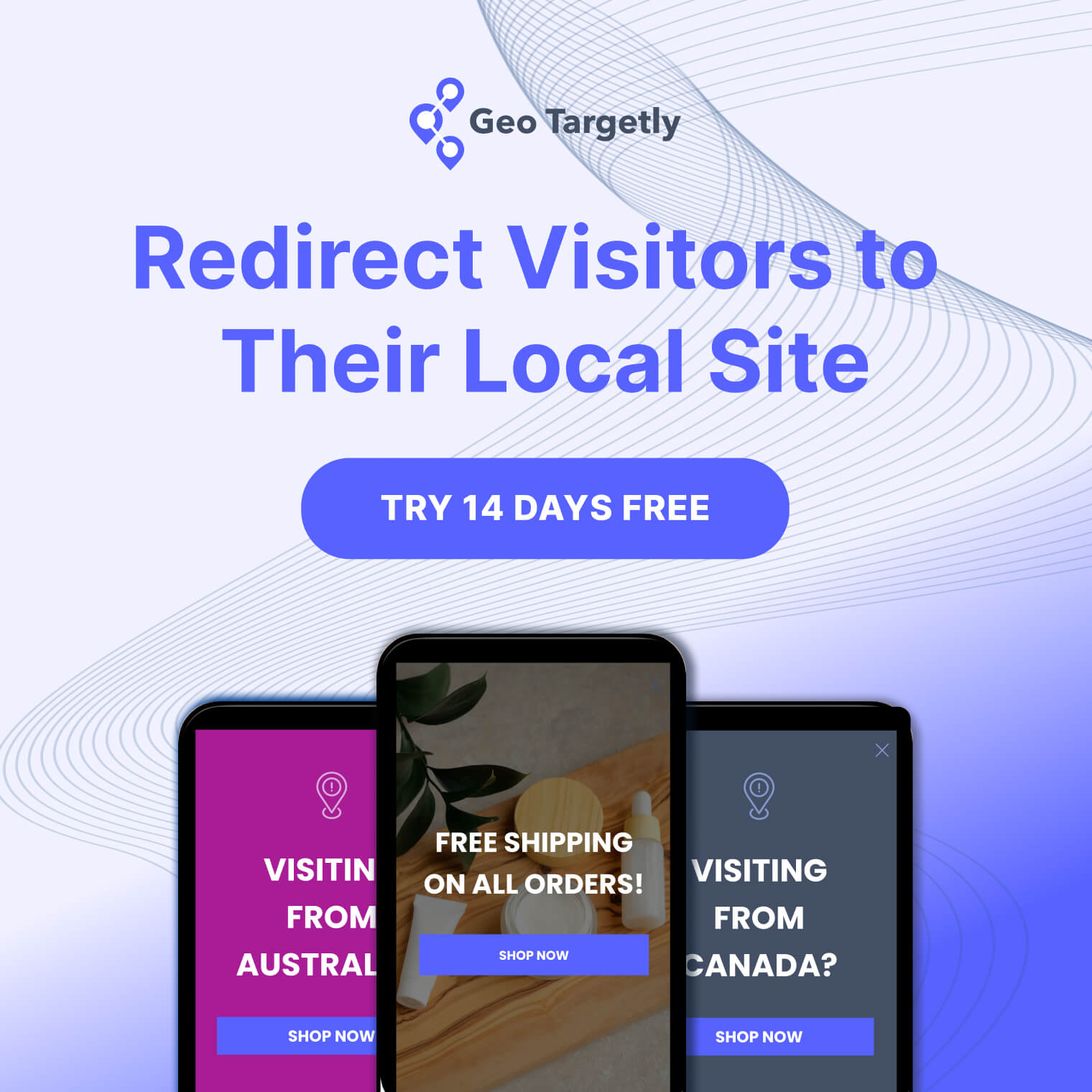

In today’s digital world, mere advertising and content creation alone will get you nowhere. User attention spans are shorter than ever, and an ever-increasing number of media are desperately vying for their limited time. It is vital then that websites tailor their content for each user personally, taking into account their age, location, interests, behaviour and interests. Of these, the easiest to obtain is their location, and in turn it can be used to infer other, more personal aspects of a user. Through IP geolocation segmentation, businesses can get a reasonably accurate idea of where a user is located at, and it’s all done in a non-invasive way which requires no opt-in on their part.
In today’s digital world, mere advertising and content creation alone will get you nowhere. User attention spans are shorter than ever, and an ever-increasing number of media are desperately vying for their limited time. It is vital then that websites tailor their content for each user personally, taking into account their age, location, interests, behaviour and interests. Of these, the easiest to obtain is their location, and in turn it can be used to infer other, more personal aspects of a user. Through IP geolocation segmentation, businesses can get a reasonably accurate idea of where a user is located at, and it’s all done in a non-invasive way which requires no opt-in on their part.
.jpeg)
Optimising performance based on network connection types
As we talked about earlier, personalisation is pretty much a necessity if you want to attract visitors to your content, and this applies to what their connection types are as well.
Among the many misconceptions surrounding IP geolocation segmentation, the notion that it’s solely to do with location intelligence might be the most erroneous. For one thing, businesses are able to distinguish between the connection types - WiFi or mobile - that their consumers are using. In addition to this, it’s possible to gauge what their connection speeds are, as well as differentiating between home and business connections.
Quite often, website performance boils down to the physical distribution of resources. This includes knowing what specific data centres to route traffic to or the content delivery networks to use. As such, when you are aware of what user connection types and speeds are, optimising your website’s performance gets a lot easier.
DNS and IP geolocation segmentation
DNS (Domain Name System) - for those unaware - acts in much the same way that a yellow pages copy would, back in the day. For two computers to connect on an IP network they need to be aware of their IP addresses - DNS then maps IP addresses to computer names. Due to the sheer amount of connections that are present on the internet, it’s impractical for one single DNS to store everything. Instead, there is a massive amount of DNS servers storing all of the internet’s DNS records.
The problem with basic DNS is that it assumes that everyone in an extremely large geographical area should be directed towards the same server. This ignores how close each server is to an individual user’s location, and is indifferent as to whether bad gateways exist between the two. In essence, basic DNS is inefficient and can lead to bad user experiences.
IP geolocation segmentation presents a solution for this, allowing content providers to utilise a direction-based DNS service that connects devices to their closest DNS server. And closer means faster for the user; ultimately leading to better user experience.
Not only does this increase the performance of your website, but major search engines like Google have a particular interest in load times - the faster your website loads for its users, the higher it is likely to rank in search queries.
Combating SPAM and unnecessary traffic
Due to the sheer vastness of the internet - with practically anyone, anywhere being able to access it - online businesses and their websites can be subject to a variety of threats, and websites can attract a litany of unwanted visitors.
For example, if you’re a business based in Sydney, and you’re getting an unusually high number of visitors from Russia, something fishy is probably going on, right? Websites are commonly flooded with junk traffic by bad actors like this - whether it be outlandishly long load times or a flurry of nonsense pop-ups. This can negatively impact website performance, which in turn will detract from the user experience. IP geolocation segmentation is able to identify suspicious traffic like this, allowing you to geo-block them from visiting your website.
In the current market, it has become apparent that content personalisation is king; users simply don’t have the time for generic, mass-appeal content. But if user personalisation is king, then user experience is surely the queen, and she stands right next to him in the pedestal. IP geolocation segmentation is able to serve both of these, providing the insight necessary to personally tailor your content, while ensuring better performing websites to provide a better user experience.




.webp)


































